Wood, steel and concrete each have specific structural advantages, each with their own characteristics. The following is a life-cycle comparison conducted by the Athena Sustainable Materials Institute (ASMI) of the materials only, and does not include any considerations of how they each affect thermal performance, vapour or air movement through wall assemblies.
- Concrete makes it possible to design very robust and durable buildings, and taking advantage of its thermal mass by keeping it inside the building envelope can help regulate interior temperatures. There is also an increasing use of precast concrete in the building industry, which offers advantages in terms of environmental impact, cost and speed of construction - especially if choosing carbon negative concrete CMU blocks using Carbicrete and also low-carbon concrete from CarbonCure.
- Steel stands out for its speed and efficiency in construction. It's relative light weight and ease of construction allows for a workforce about 10 to 20% smaller compared to a similar concrete-based structure being built. Steel structures also have excellent durability.
- Wood is much lighter by volume than both concrete and steel, it is easy to work with and very adaptable on site. It is durable, results in less thermal bridging than its counterparts and easily incorporates prefabricated elements. Its structural performance is very high and its compressive strength is similar to that of concrete.
Given the variety of lumber products and dimensions available (including 2x4 and 2x6 stud walls, post and beam and laminated timber), wood offers an excellent flexibility in architectural design. While it is found mostly in the residential sector (single-family and low-rise multi-unit buildings), there is an increasing interest in exploring buildings of greater heights. For example, the Oakwood Tower, proposed for the city of London in the UK, would be 80 stories and 300 meters high.

The environmental impact of structural materials:
Structural products are increasingly being scrutinized due to their potentially significant environmental impacts, including CO2 emissions during manufacturing and the embodied energy of materials, also referred to as Embodied Carbon and Carbon Footprint.
Manufacturers have different methods to mitigate these impacts, and all of these materials have complex life cycles. For a meaningful comparison, materials would need to be assessed as part of a lifecycle analysis (LCA) at a global level. An LCA considers the environmental impact of materials from cradle to grave.
A concrete example:
The Canadian Wood Council commissioned the Athena Sustainable Materials Institute to compare the environmental impact of wood, steel and concrete structures. The sample building studied was a typical 2,300 square foot single-family home in North America. Only the supporting structure differed in the study, all other building components of the building envelope were constant, and based on typical Canadian construction practices.
The results were clear, that wood does an excellent job for virtually every component of a building and has the least impact on the environment. Certainly when sourced from sustainably managed forests, wood is the best choice in terms of environmental impact. It uses fewer natural resources and releases less contaminants into the air and water than metal or concrete.
The impact of concrete and steel compared to wood:
| Environmental impact compared to wood: | Embodied energy | Climate impact | Negative impact on air quality | Negative impact on water | Ressources consumed by weight | Waste produced |
| METAL: | +53% | +23% | +74% | +247% | +14% | -21% |
| CONCRETE: | +120% | +50% | +115% | +114% | +93% | +37% |
What about recycled content?
The inclusion of recycled materials in new products is a significant variable in an LCA, especially in the case of products from non-renewable resources. In many cases, that will reduce the embodied energy of a material and give it additional credibility in the green building world. For example, steel can score points in the LEED rating system because it contains high percentages of recycled content. That said, steel manufacturing, even with high levels of recycled content, remains one of the most energy intensive industrial sectors.
Yes, but wood means destroying forests!
That point is legitimate. Indeed, a cut tree will no longer produce oxygen. This is where sustainable forest management is very important. Wood is an abundant and renewable resource, especially here in Canada, but it is important to know how to use it intelligently.
The FSC (Forest Stewardship Council) standard is there to identify wood products from sustainably managed sources, and most wood product suppliers now offer a wide range of FSC-certified products. Wood stands out as an environmentally responsible product, even more so if it comes from well-managed and local forests.
But doesn't wood need to be treated?
If you were to compare a borate-impregnated wood structure with a galvanized steel structure, steel would have 1.8 times higher greenhouse gas emissions over wood. Galvanizing steel also requires 83 times more water than treating wood with borate.
Now you know the carbon footprint differences between wood, concrete and steel. Find our about other building materials in the Ecohome Building Guide and pages such as these :
Take out a Free Ecohome Membership here and learn all the perks that come with it! |



































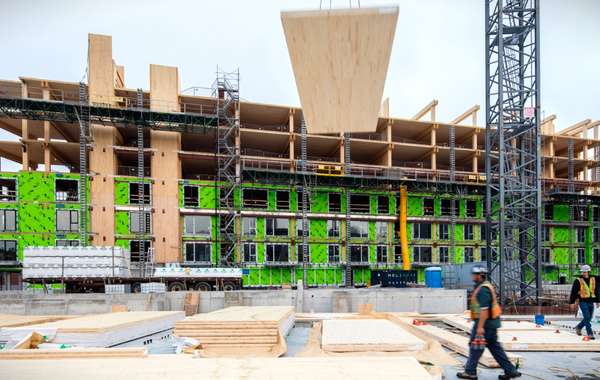
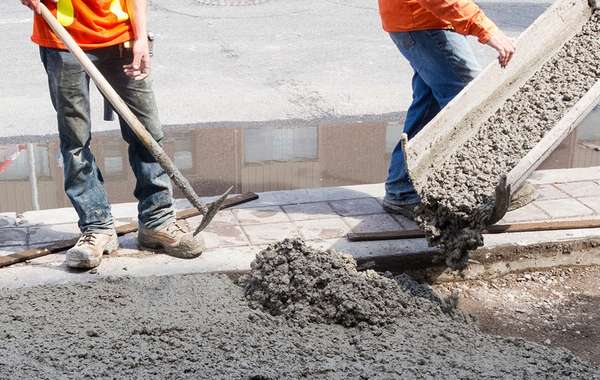



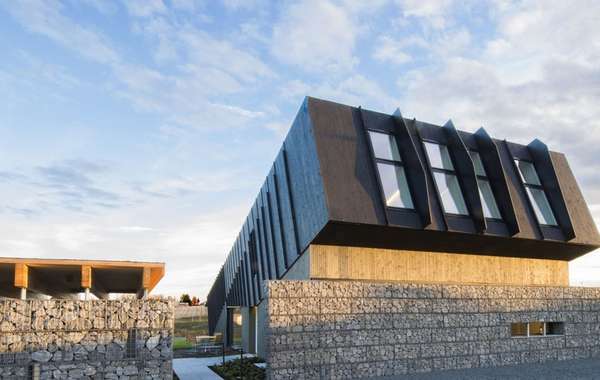
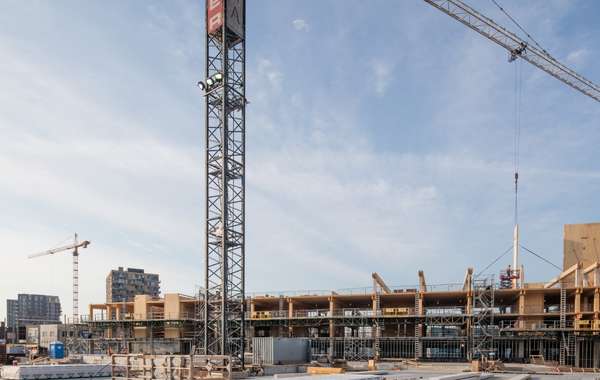
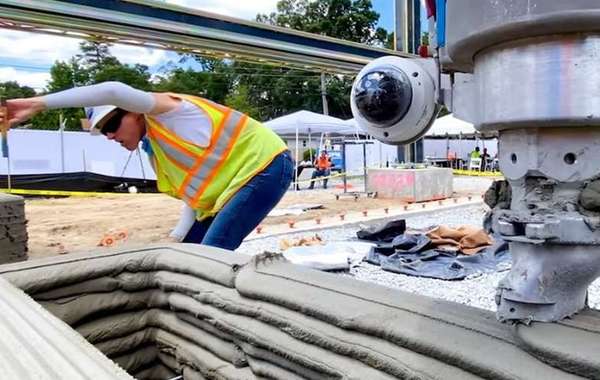
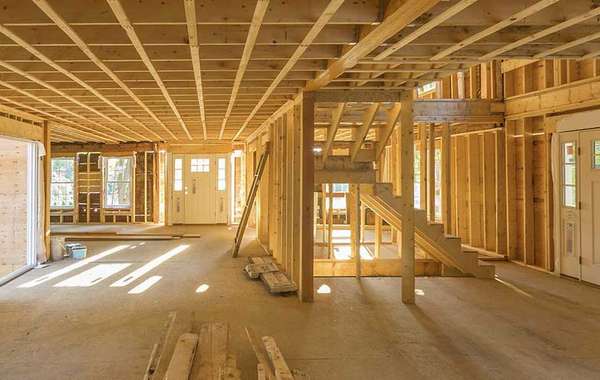
Comments (0)
Sign Up to Comment